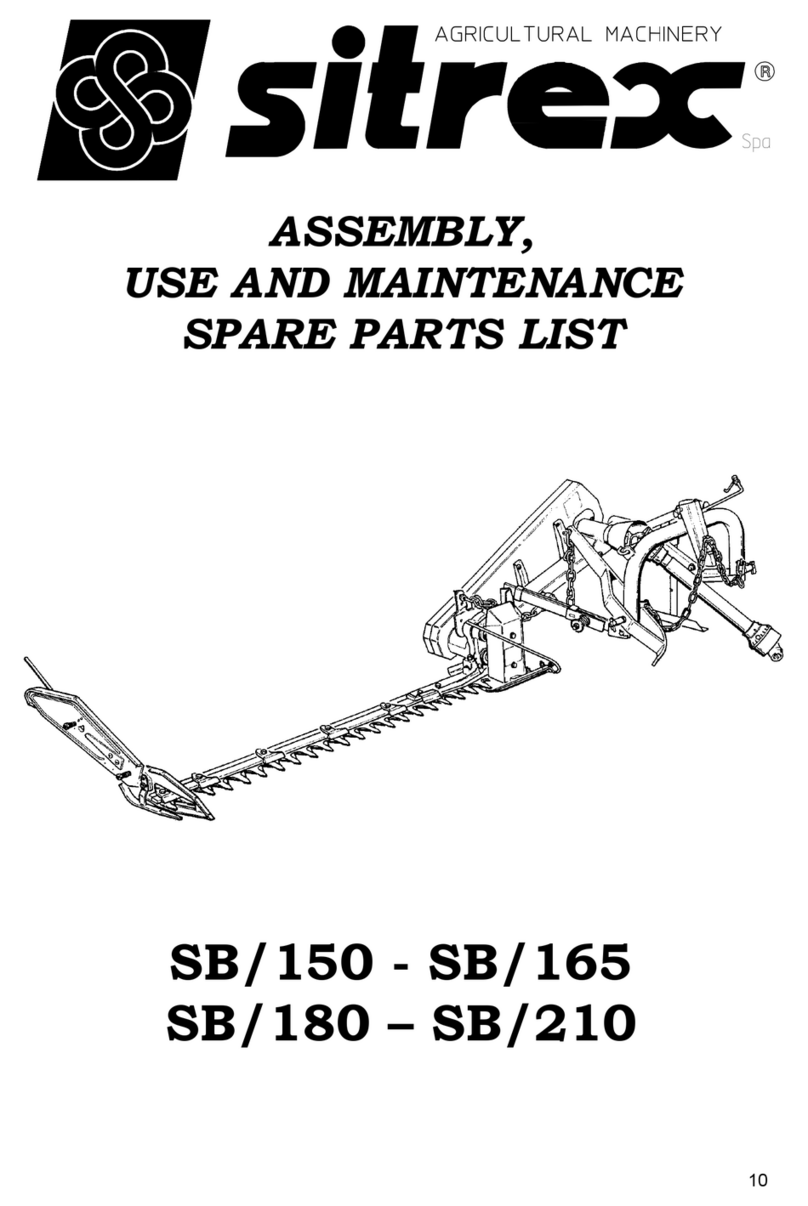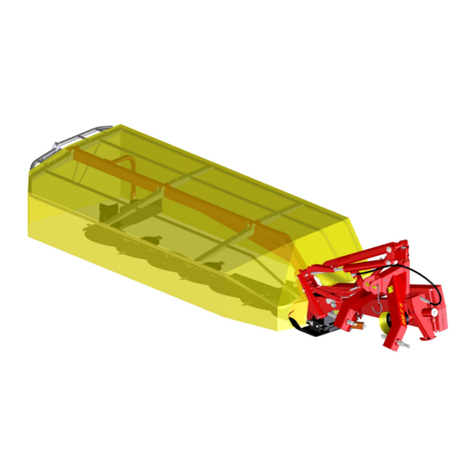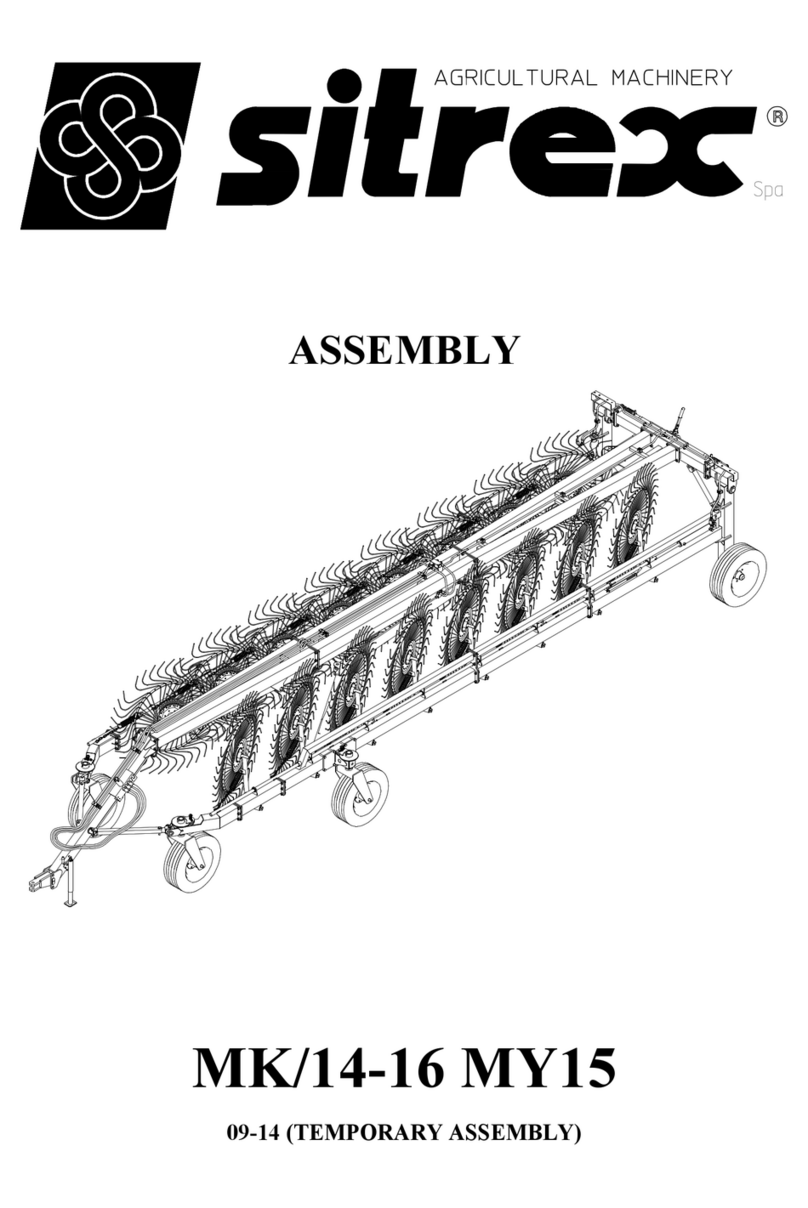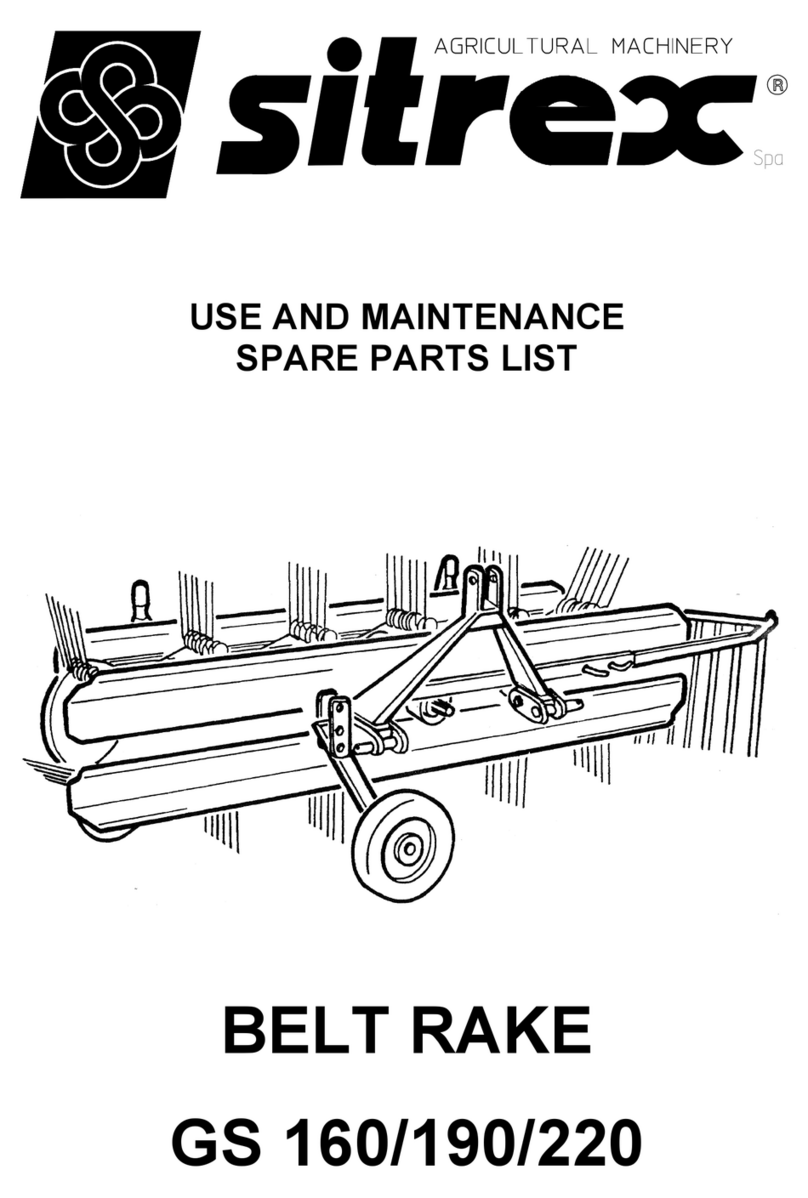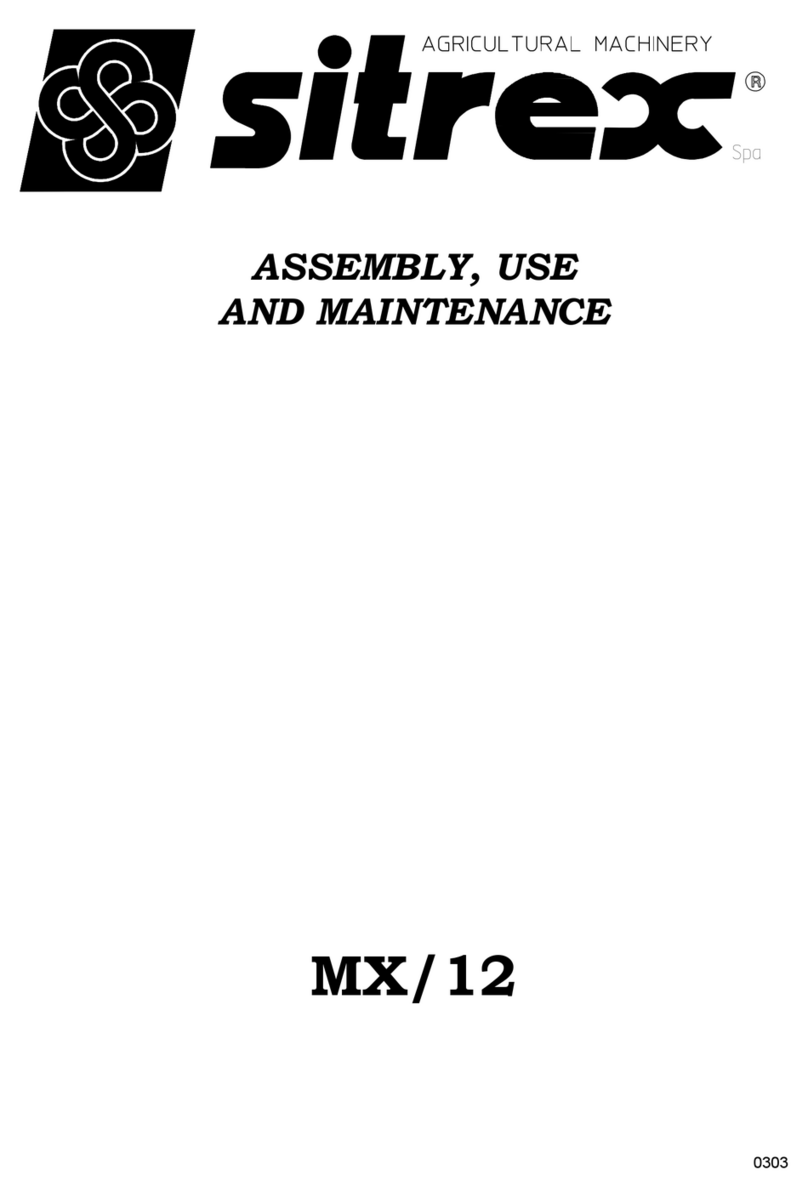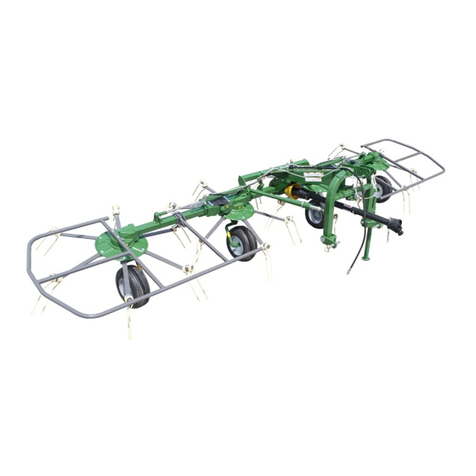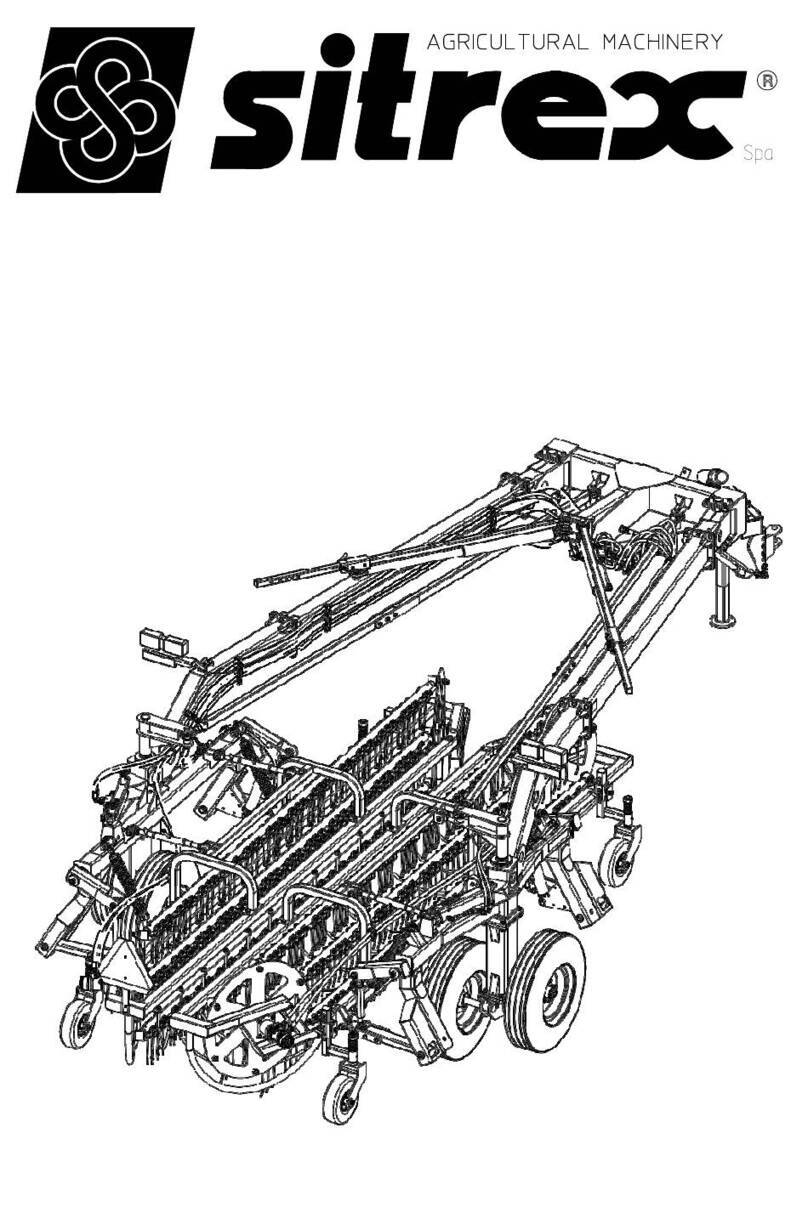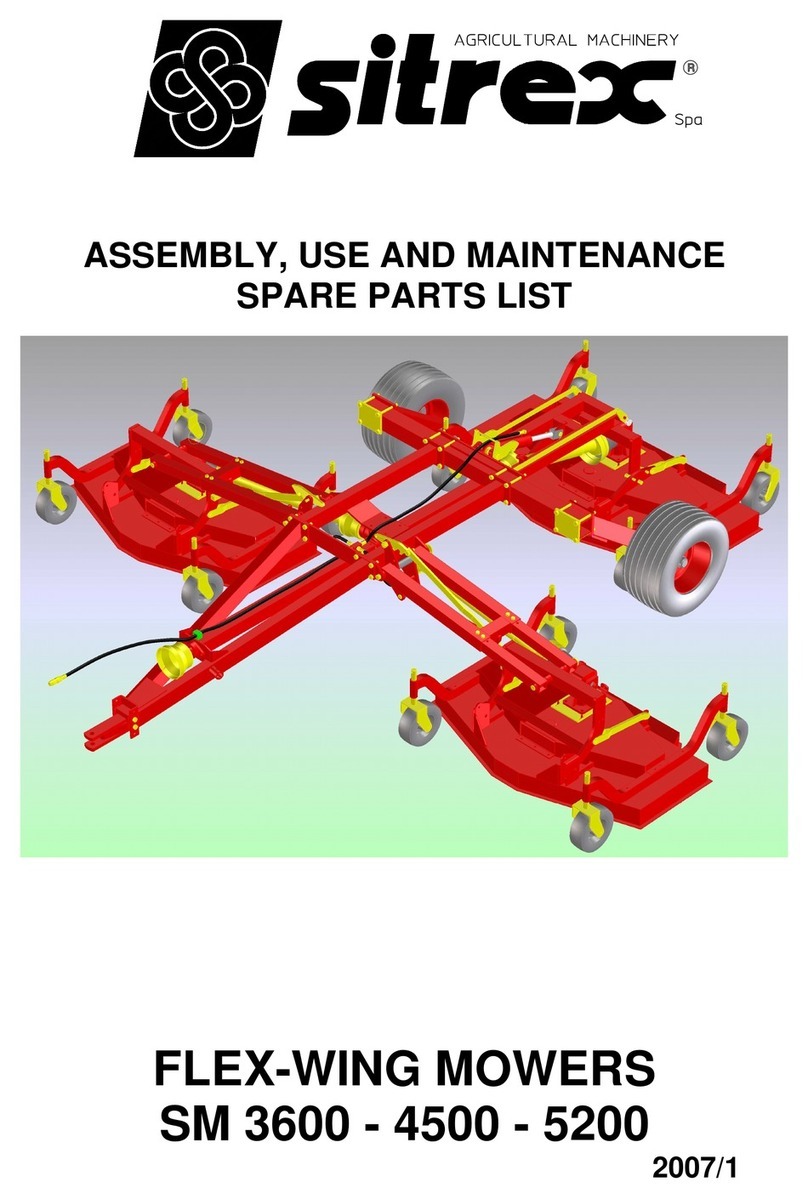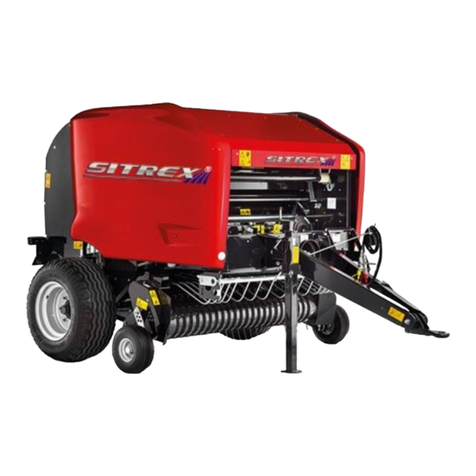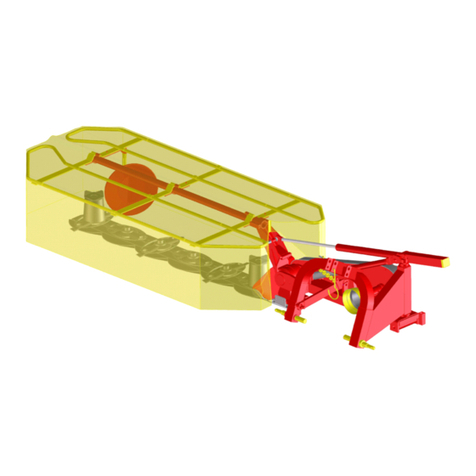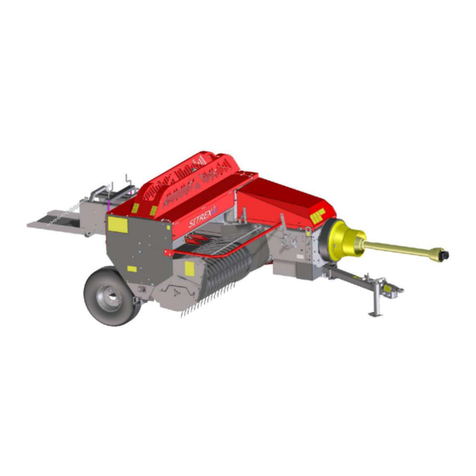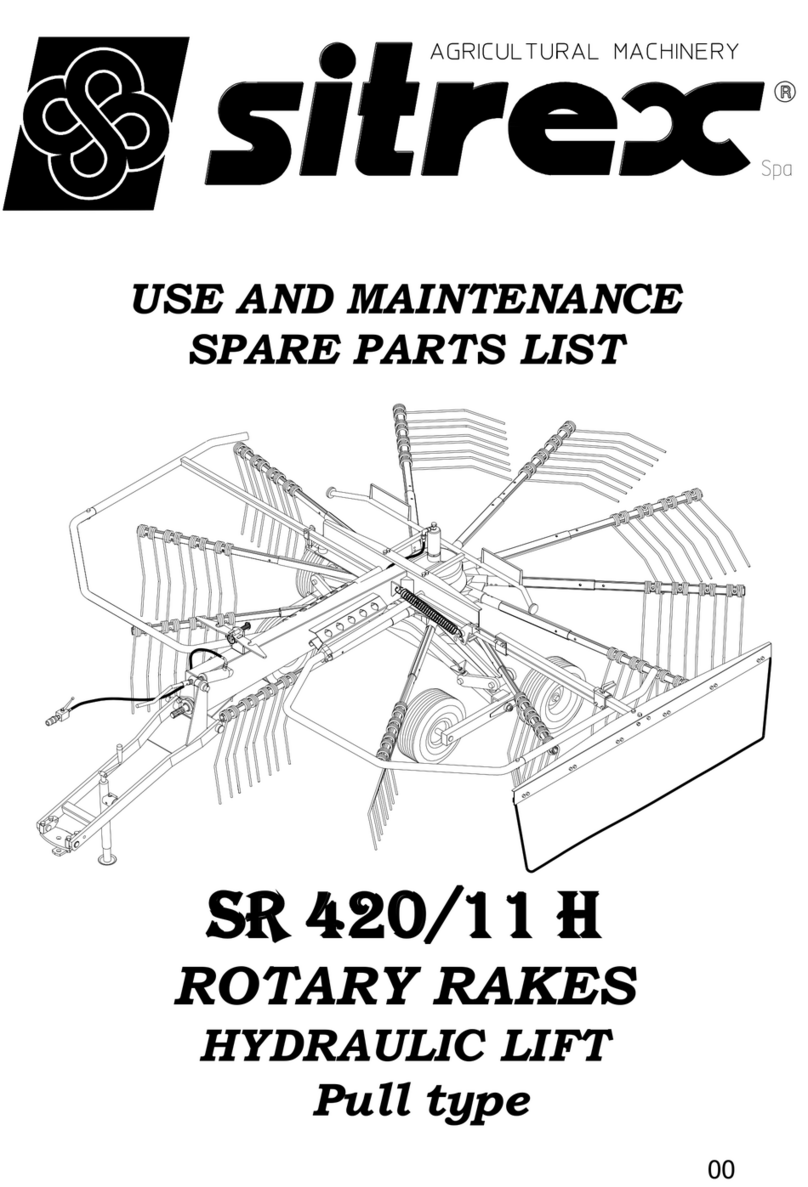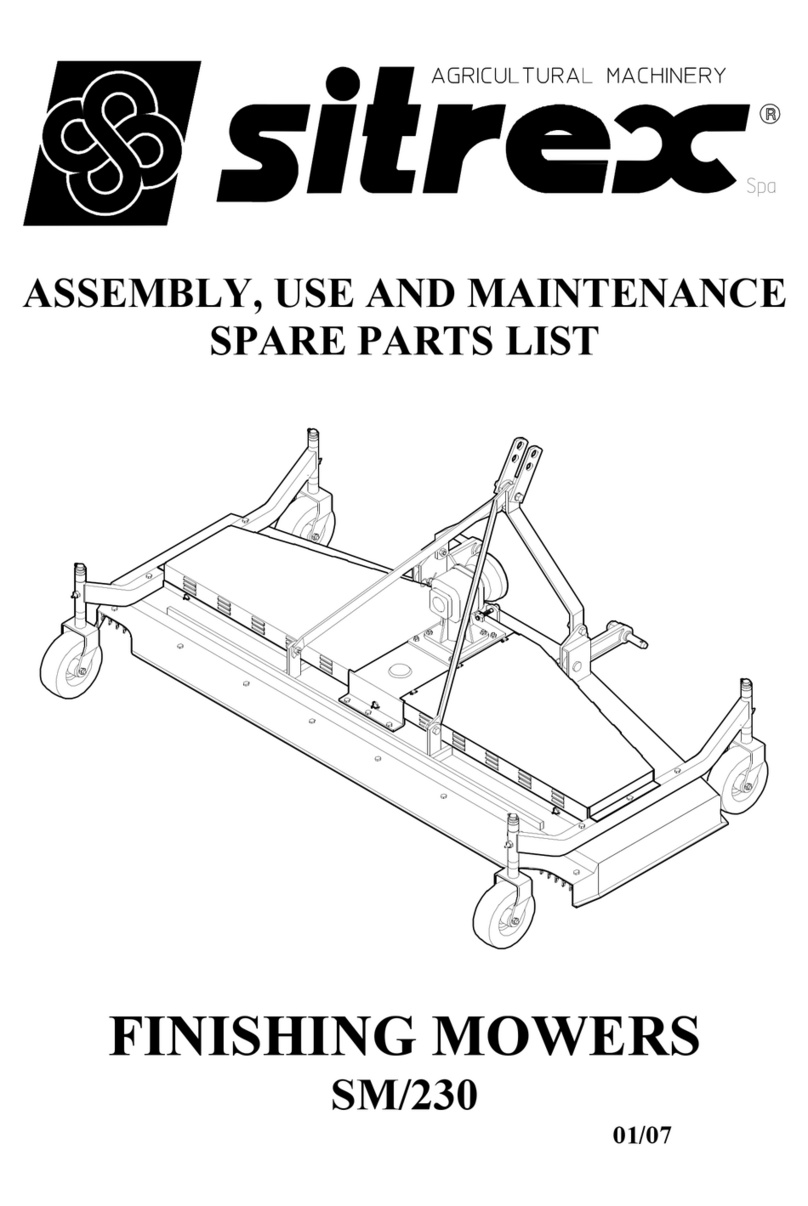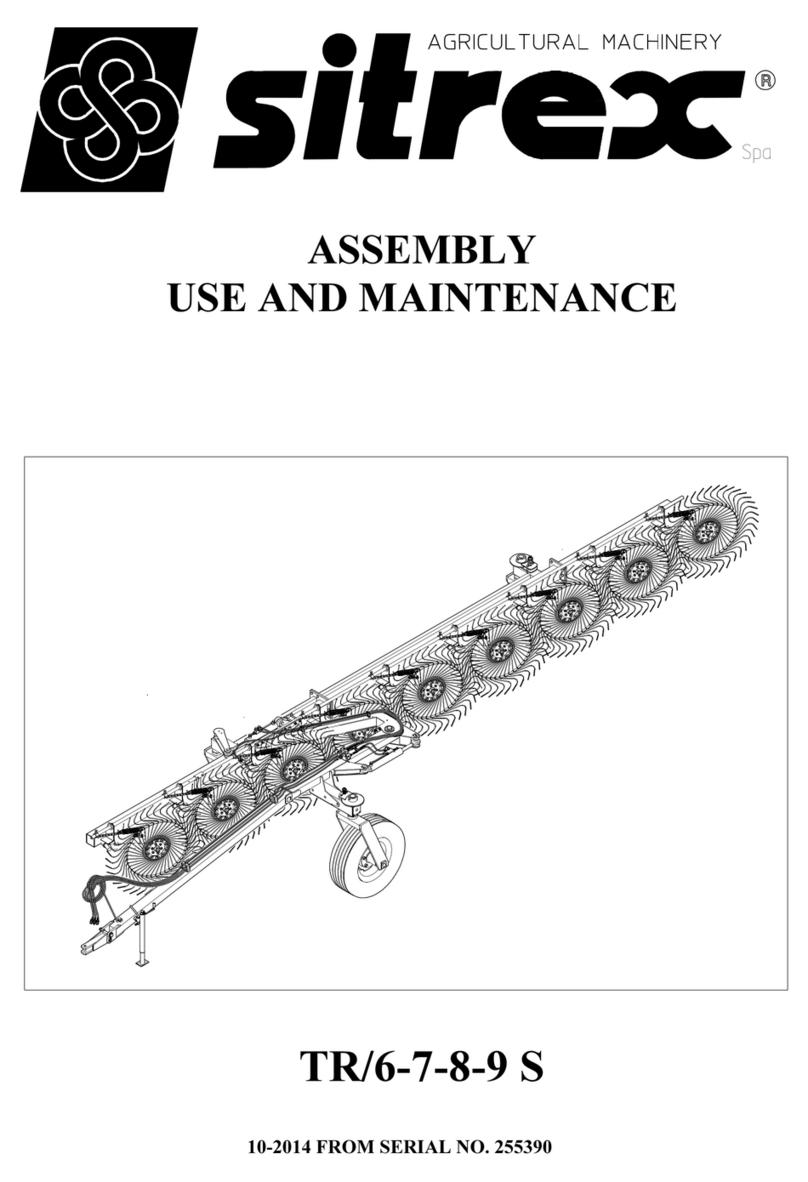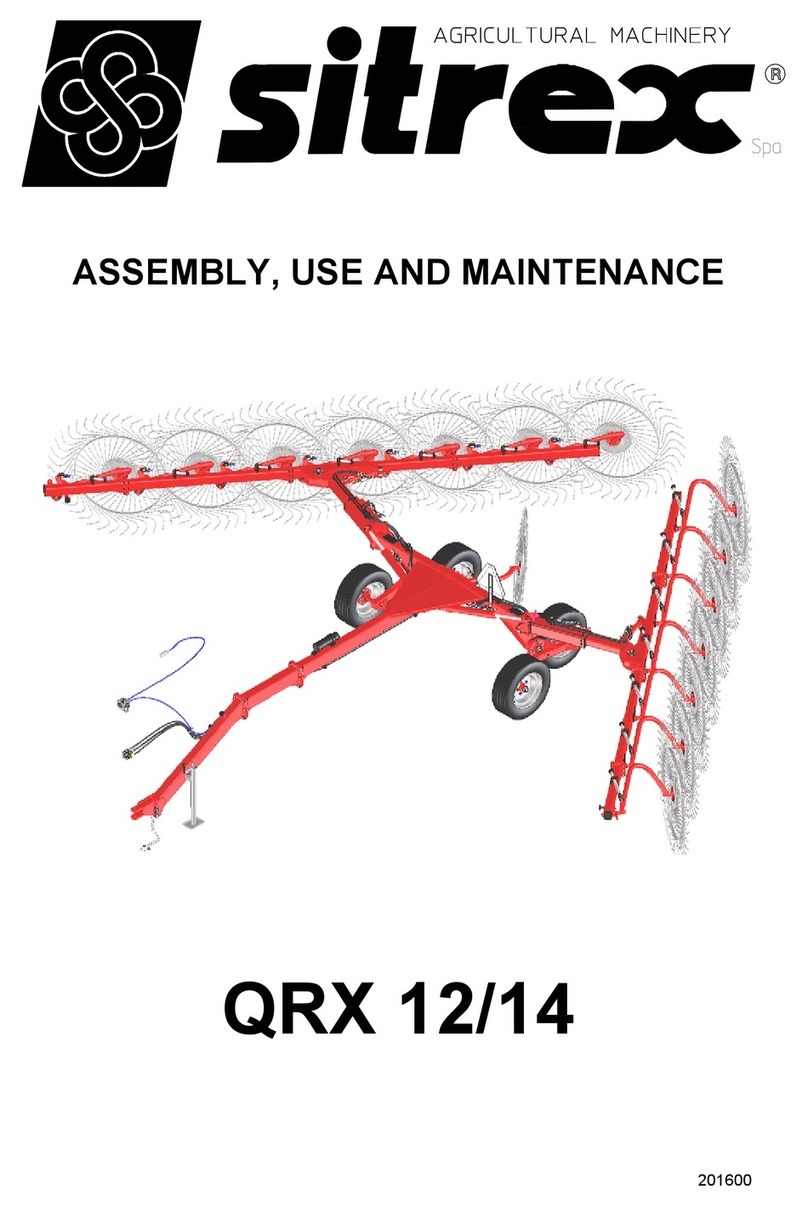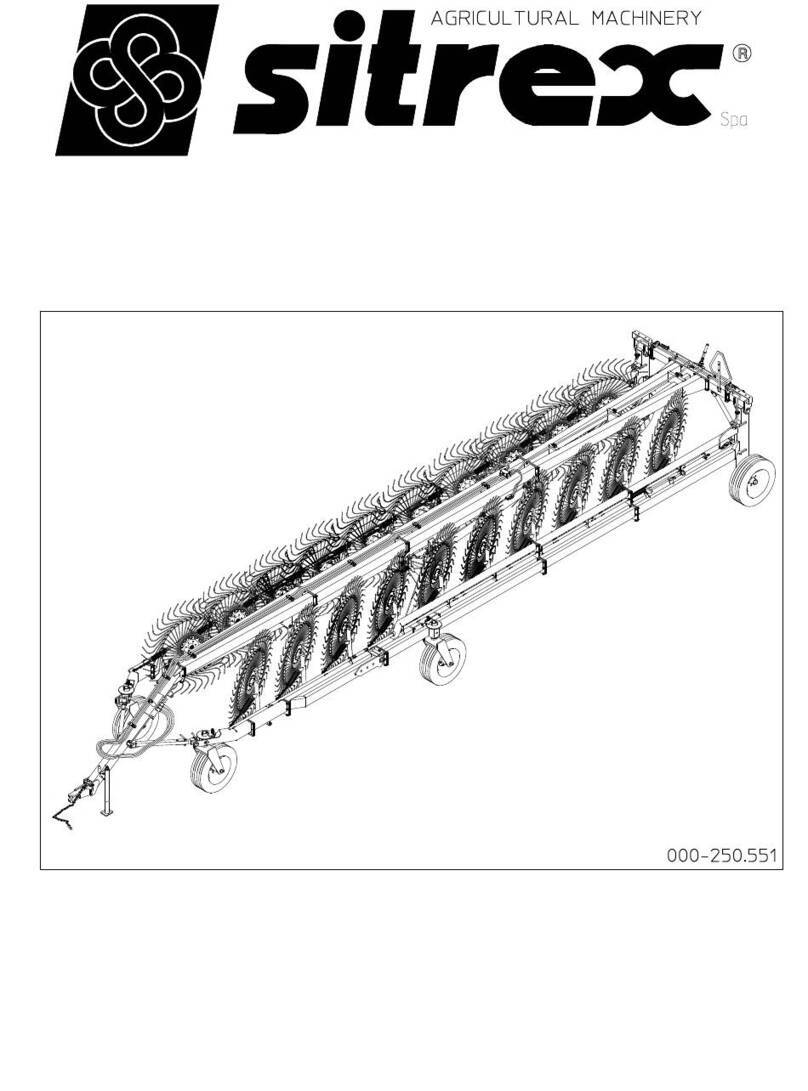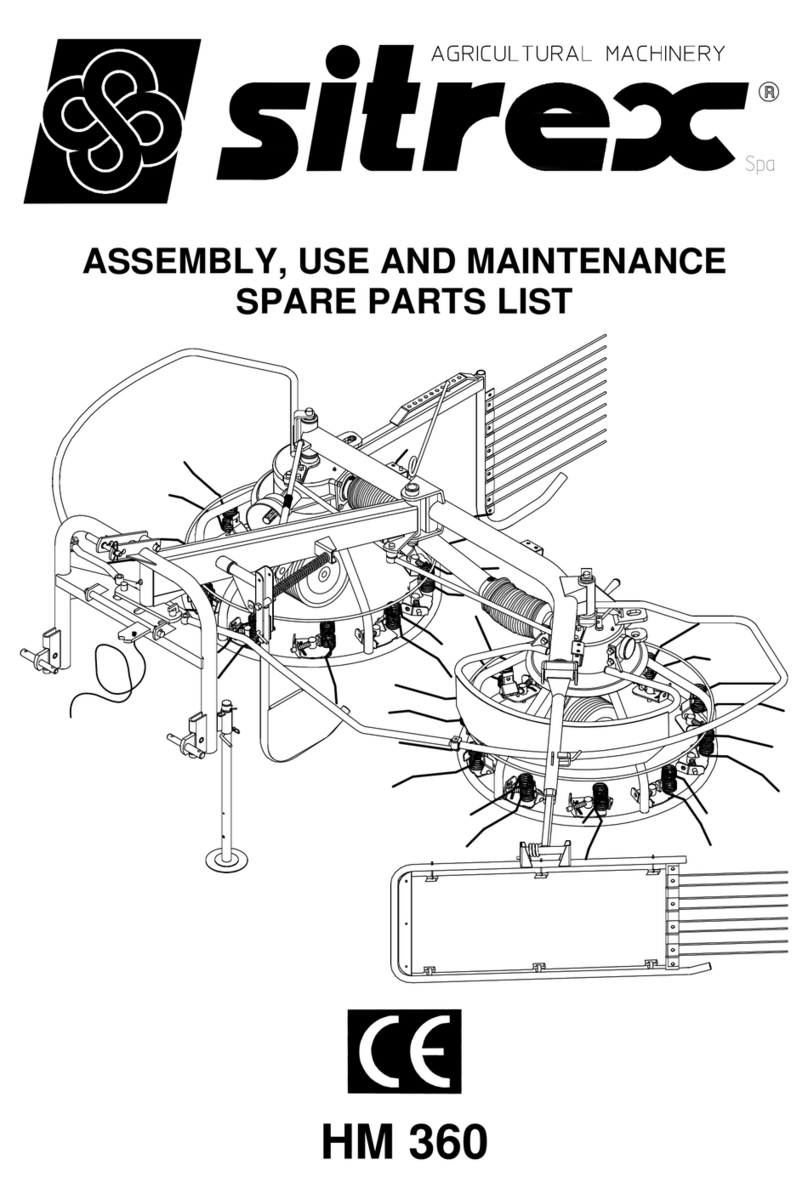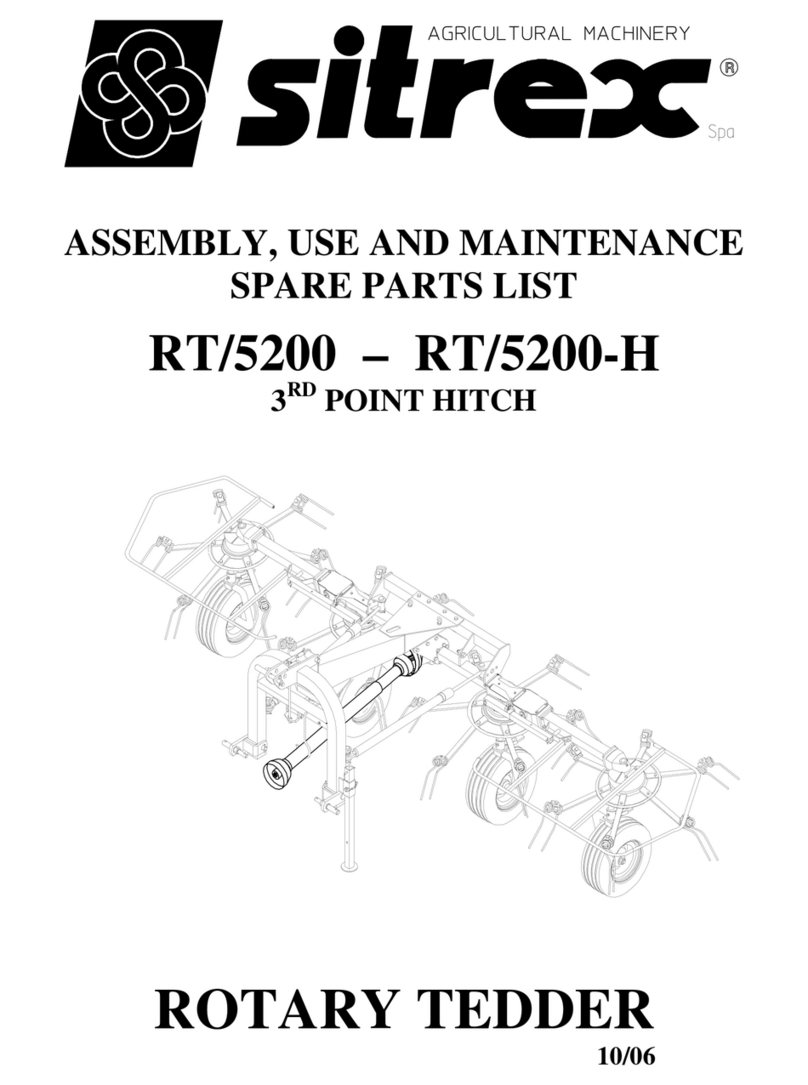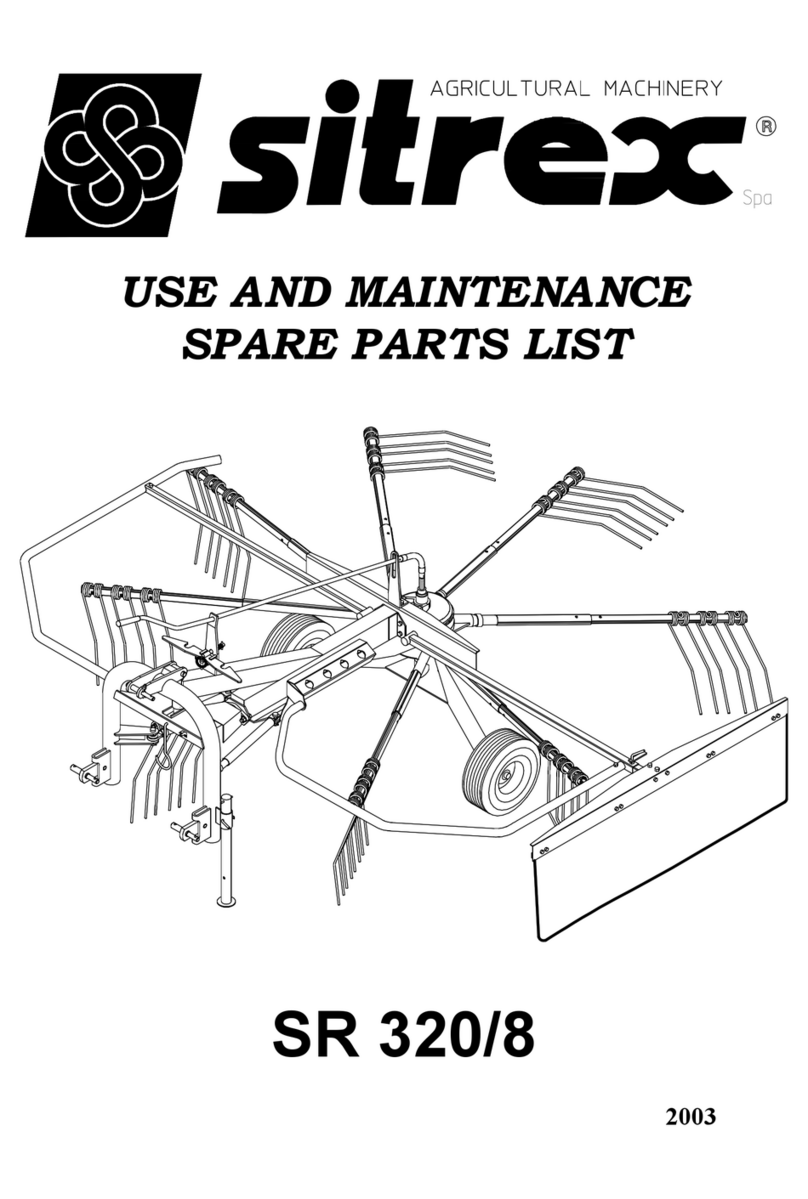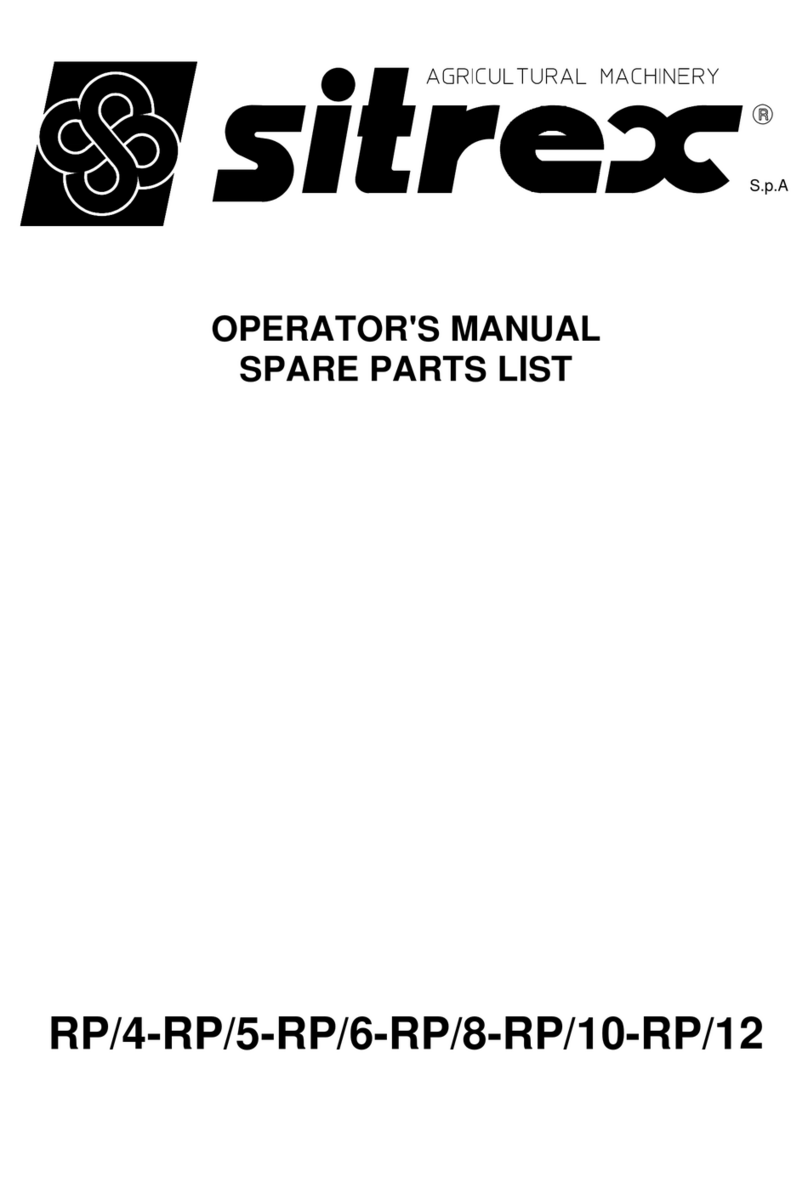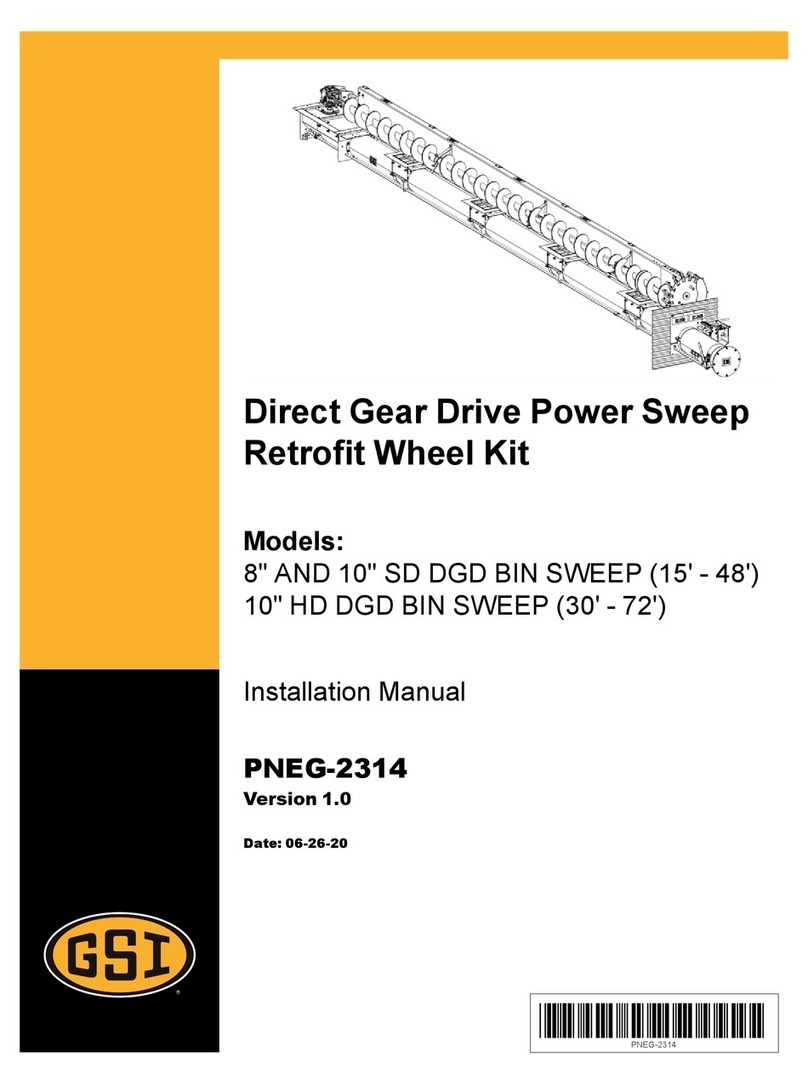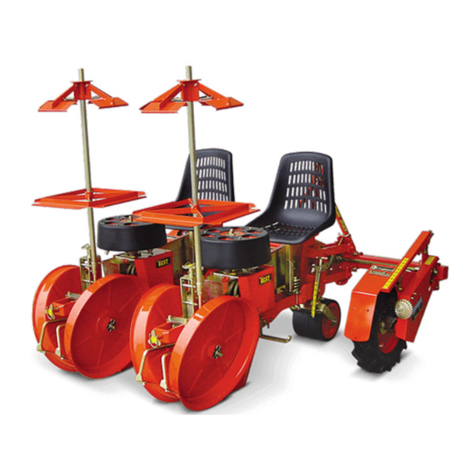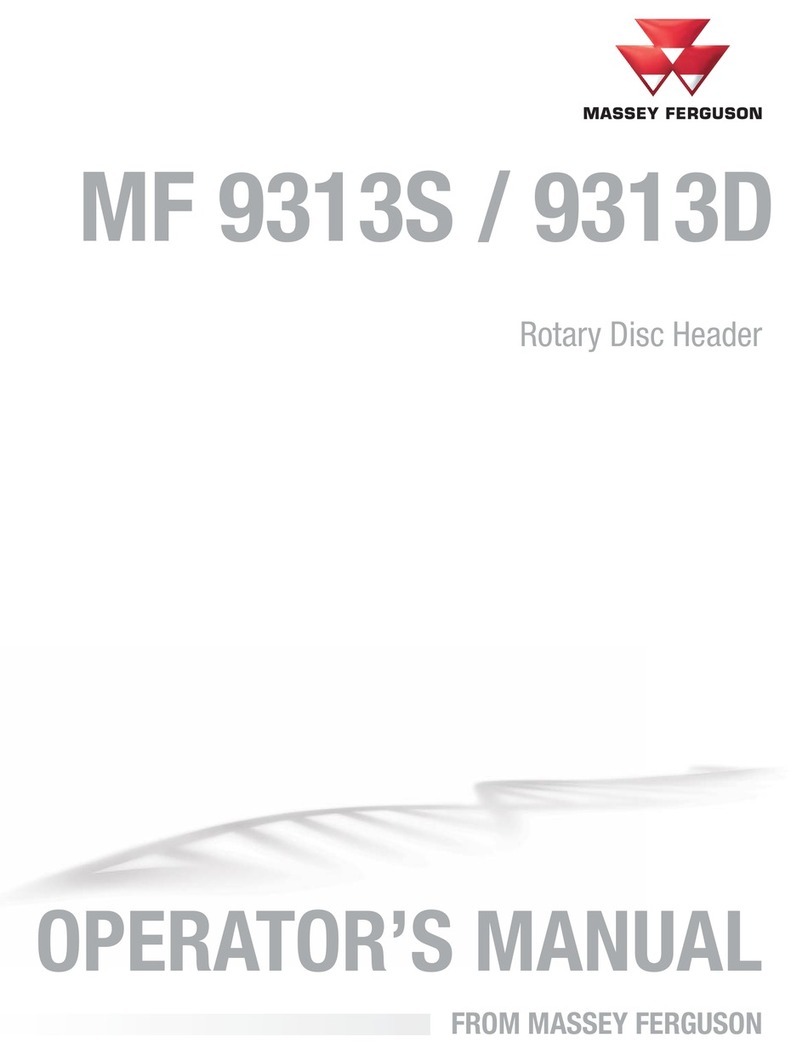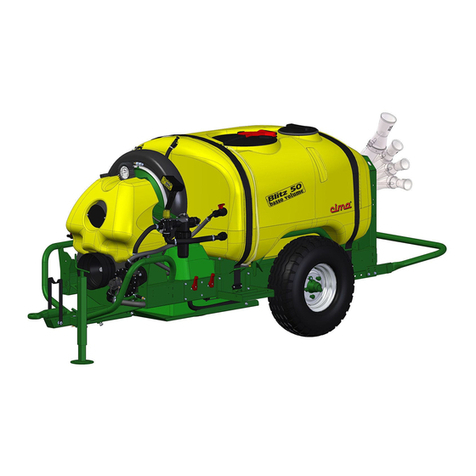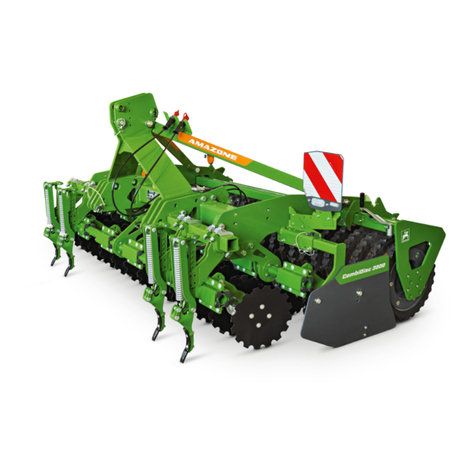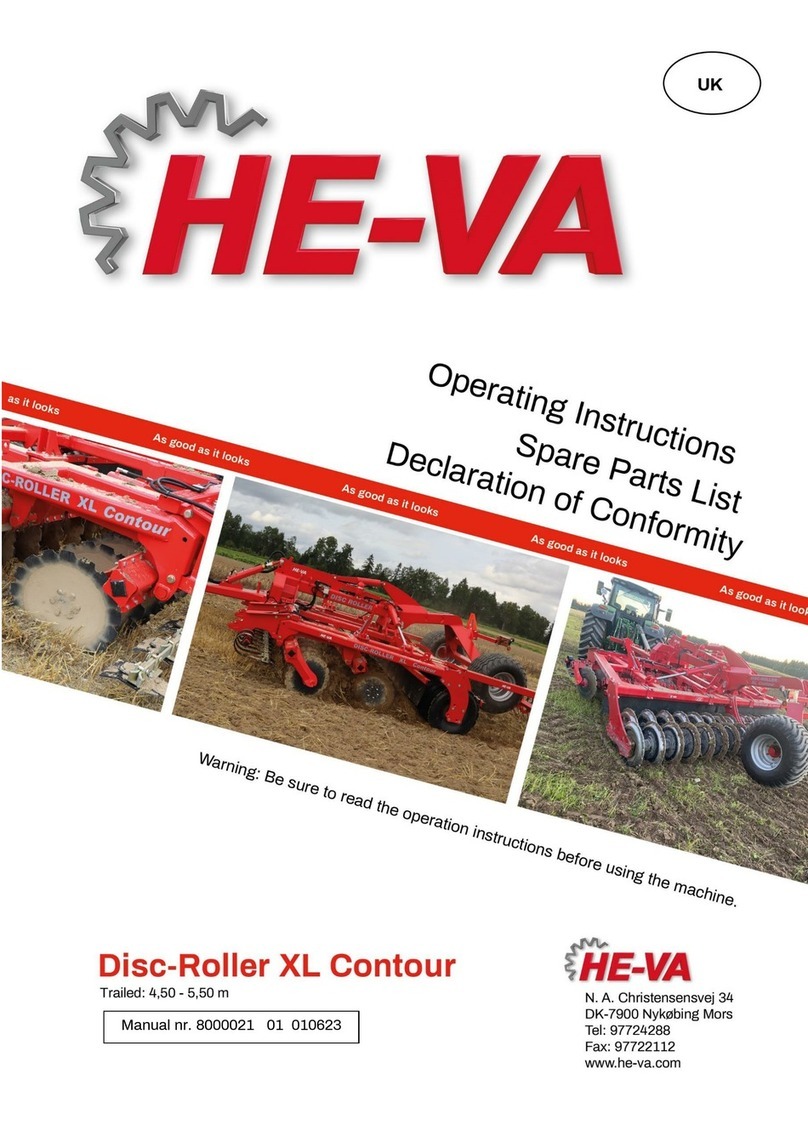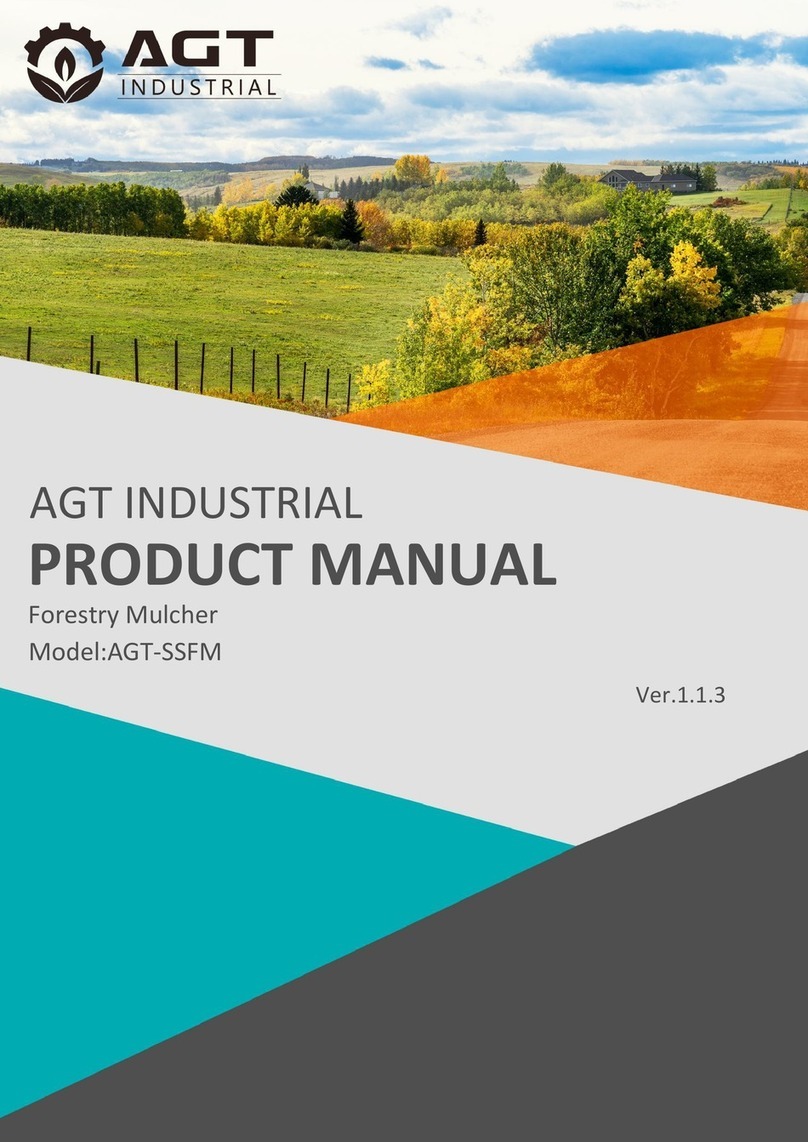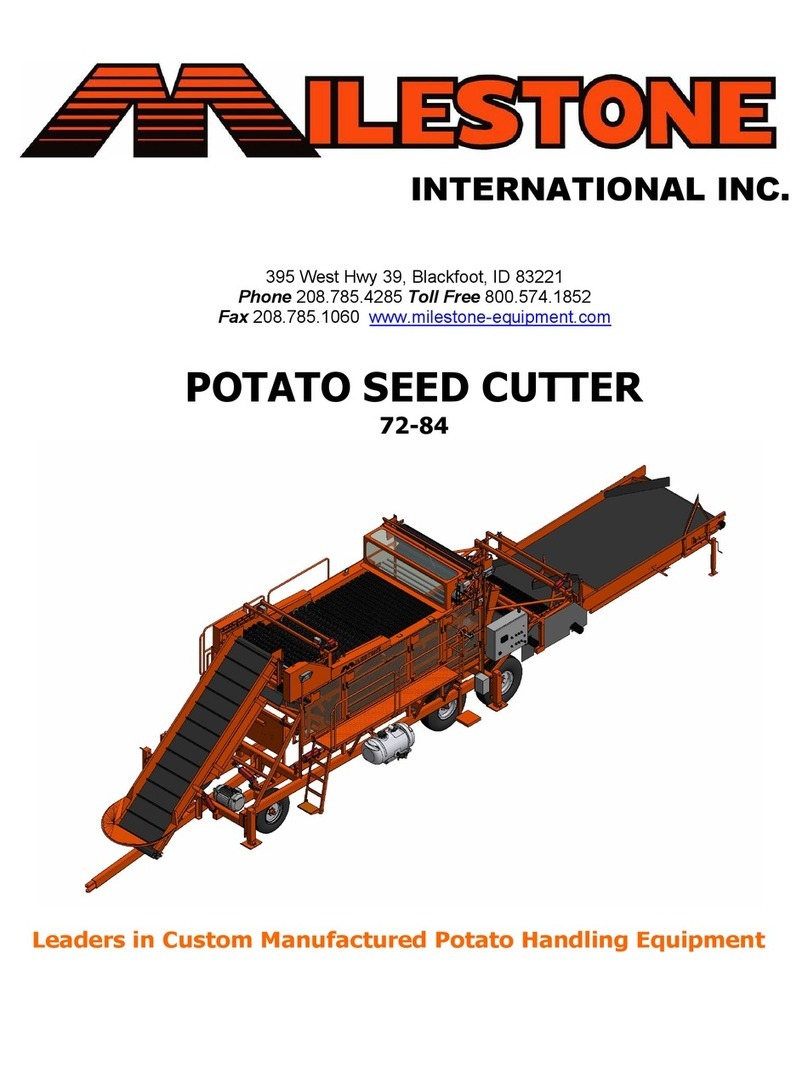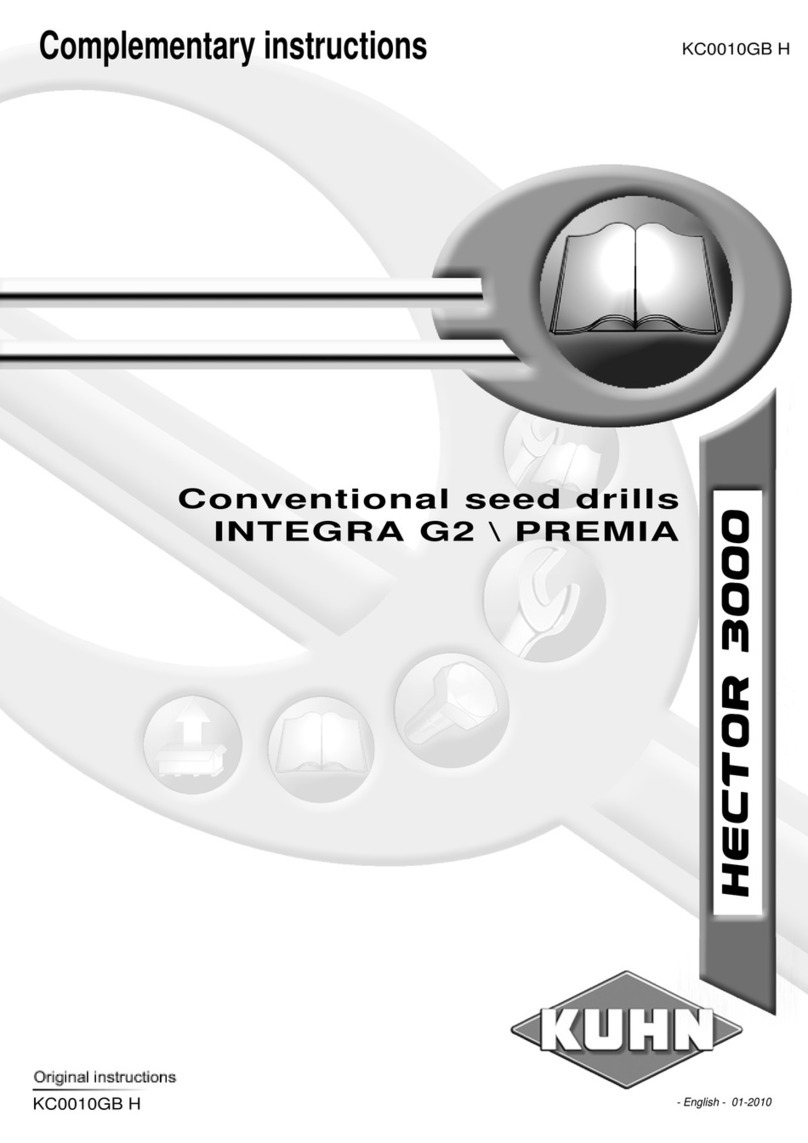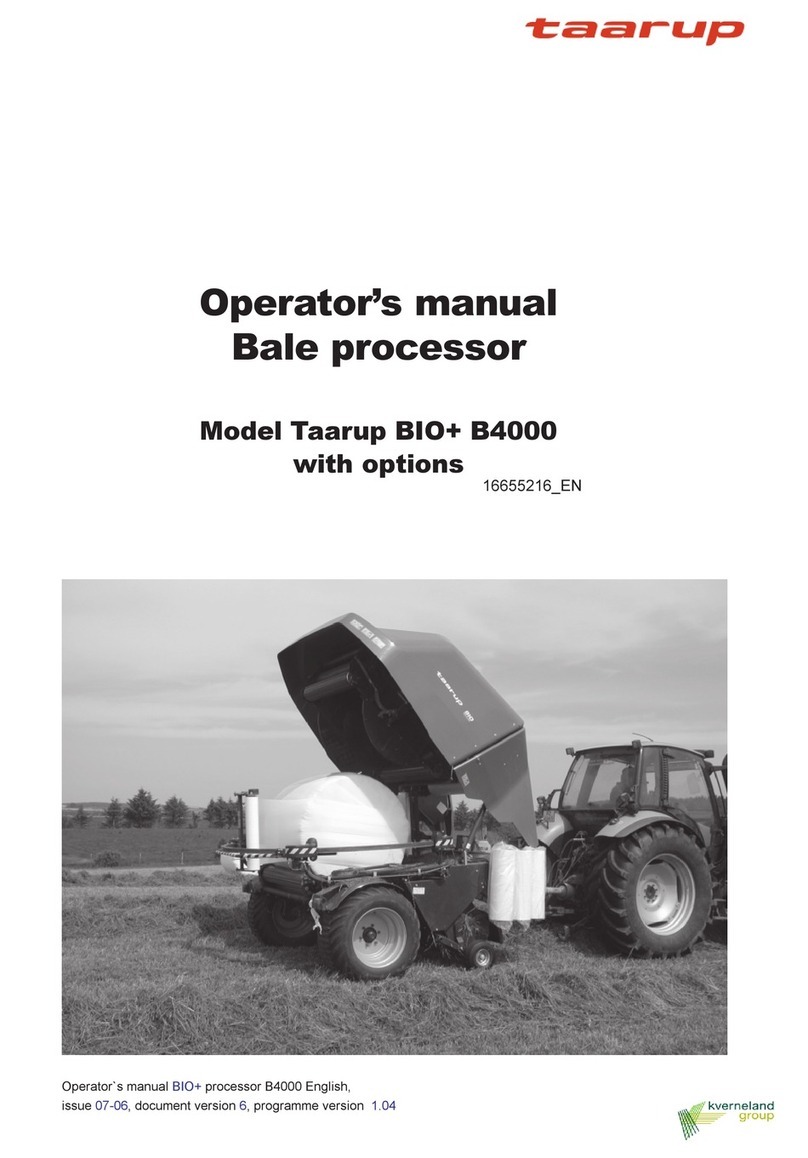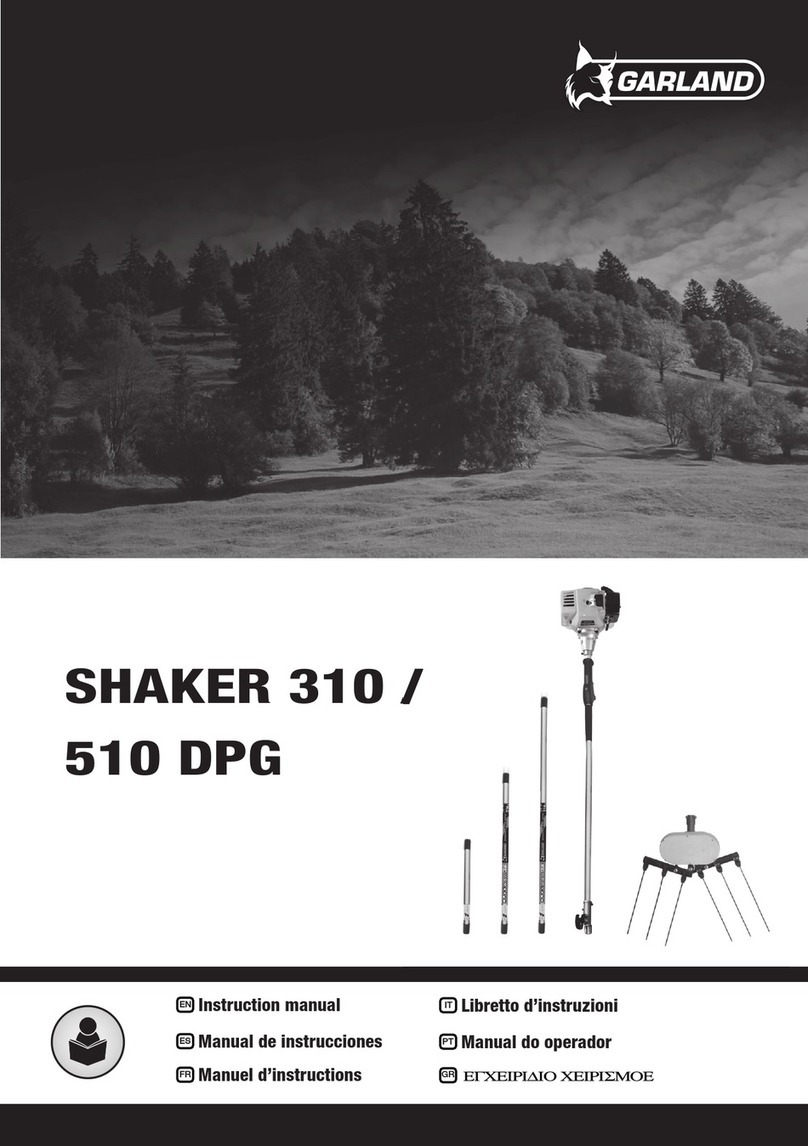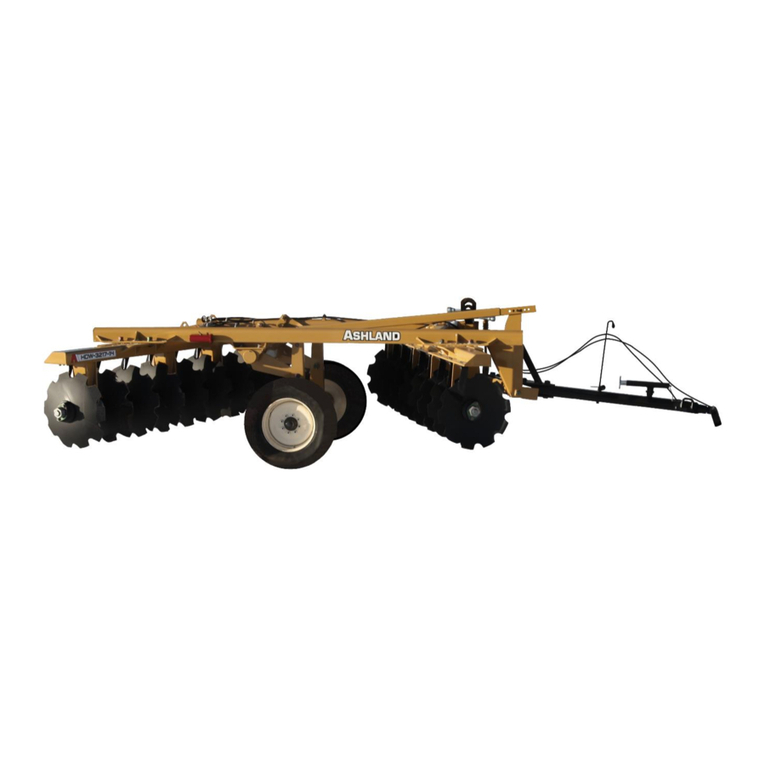
5
3) General Summary Of Safety And Accident-Prevention Instructions
Read all the directions carefully before using the machine. When in doubt, seek advice from the
manufacturers.
The manufacturing company declines all responsibility for non-compliance with the following safety and
accident-prevention instructions.
1- Pay attention to the danger signs and symbols in this manual and on the machine.
2- Do not touch moving parts.
3-All work on the machine (including adjustments) must always be carried out with the tractor immobilized
and the engine switched off.
4- On no account may persons or animals be carried on the machine.
5- Driving the tractor with the machine connected is absolutely forbidden to persons lacking suitable
experience, or who are in poor health, or who do not have a suitable driving license.
6- All accident-prevention measures recommended in this manual should be scrupulously observed.
7- Connecting the machine to the tractor creates a different weight distribution on the axles and so it is
essential to ensure that the tractor-machine combination is stable in all anticipated working conditions. It is
therefore necessary to have exact instructions from the tractor manufacturers. If such instructions are not
available, suitable tests should be conducted in safe conditions in order to assess stability.
8- Once the machine is connected, it can only be controlled through a cardan shaft complete with the
required overload protection and guard secured with the appropriate small chains. Be aware of the
rotational direction of the cardan shaft.
9- Before operating the tractor and machine, check that all transport and operational safety devices are
complete and working.
10- When driving on public roads, you should comply with the Highway Code regulations for the country
concerned.
11- Do not exceed the tractor axle maximum weight and the total mobile weight. Heed transport regulations.
12- Before starting work, familiarize yourself with the control devices and how they work.
13- Wear suitable clothes. Do not wear clothing which is loose or which could become entangled in rotating
or moving parts.
14- Connect the machine to a suitably powerful tractor by using an appropriate lifting unit and in accordance
with instructions.
15- Take maximum care when connecting and disconnecting the machine to and from the tractor.
16- The machine and any road transport attachments must bear the appropriate signs and symbols and
have suitable protection.
17- Never leave the driving seat when the tractor is running.
18- It is extremely important to appreciate that road holding, steering and braking may be significantly
affected with the machine attached.
19- When turning corners with the machine attached, be aware of the fact that the centrifugal force will alter
due to the change in the center of gravity.
20- Before engaging the power takeoff check the preset revolution speed. Do not change speed from 540
rpm to 1000 rpm.
21- Under no circumstances should anybody stand near the machine or any moving parts. It is the duty of
the operator to ensure that this requirement is respected.
22- Before leaving the tractor, lower the machine with the lifting unit, stop the engine, apply the parking brake
and remove the ignition key from the instrument panel.
23- Under no circumstances should anybody go between the tractor and the machine (Fig. 1) when the
engine is running and the Cardan shaft is engaged, especially without first having applied the parking
brake and placed chocks against the wheels.
